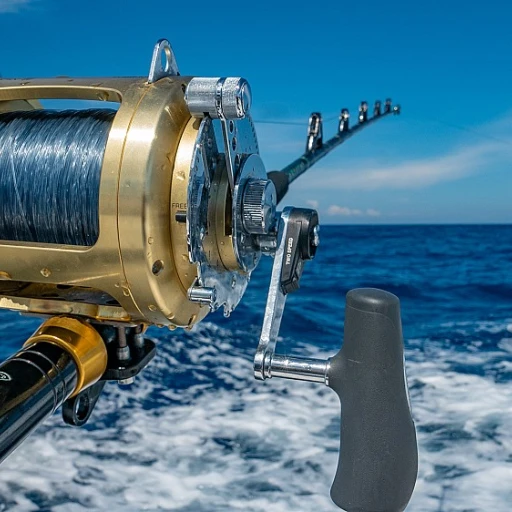
The iconic striped bass: a brief overview
Striped bass: the fish with a storied past
The striped bass, known scientifically as Morone saxatilis, has earned its place not just as one of the most sought-after game fish, but also as a prized catch with a storied history. Often called striper, these guileful creatures are native to the Atlantic coast of North America, spanning from the St. Lawrence River in Quebec down to Florida. Remarkably, they can also be found in the Gulf of Mexico.
One of the fascinating aspects of striper fishing lies in the array of legendary catches recorded over the years. Whether it’s a recreational fisherman or a seasoned angler, tales about that big, elusive bass are plentiful and captivating. Yet, among these legendary weights and measures, a few captures have truly cemented their place in the annals of fishing history.
A mighty spectacle in every catch
While the lure of catching a record-breaking fish is undeniably thrilling, it’s worth noting the impressive sizes these fish can attain. Striped bass commonly weigh between 10 to 30 pounds, although they can grow significantly larger. For the record keepers out there, these sizes aren’t just about weight; they’re about the stories, the fights, and the moments shared between anglers and nature.
Take, for example, the famed catch by Albert McReynolds in 1982 off the shores of Atlantic City, which saw him reel in a whopper weighing 78 pounds 8 ounces. It's a legend that lives on as the second largest striped bass ever documented, a title that lingered until 2011. Albert McReynolds’ name has since become synonymous with striper fishing, and his story continues to be a beacon for aspiring anglers.
Understanding the magic behind legendary records
One of the enticing aspects of the fishing culture is the thrill of setting or breaking records. When it comes to striped bass, the lure of legends undoubtedly plays a massive role. For instance, the International Game Fish Association (IGFA) meticulously verifies these records to ensure their accuracy. From weight to measurements, these details can make or break a fisherman's claim to fame.
If you've ever heard of the world record striped bass caught by Greg Myerson in 2011, you'd know the excitement and scrutiny such achievements attract. Landing a striper of 81 pounds 14 ounces, Greg Myerson’s catch off the coast of Westbrook, Connecticut, shattered previous records and brought the angling community to its feet. This spectacular record brought a fresh wave of enthusiasm into the fishing world, inspiring many more to hit the waters with renewed vigor.
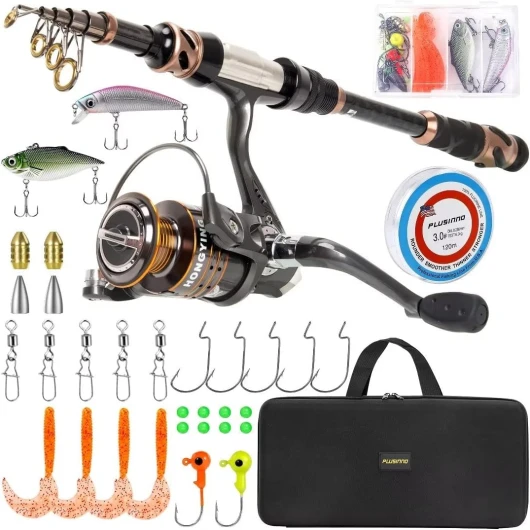
- + Carbon Fiber construction for lightweight and durability
- + Telescopic design for easy transport
- + 12 + 1 Shielded Bearings for smooth operation
- + Stainless Steel BB for rust resistance
- + Includes carrier case for storage
Historic catches: notable striped bass records
Reel legends: epic striped bass records through history
Anyone who knows a thing or two about fishing will tell you stories of monumental catches, but striped bass have seen some legendary records that have left jaws dropped. From the shores of the Chesapeake Bay to the waters of Long Island Sound, striped bass have grown to extraordinary sizes, leading to some memorable records.
Greg myerson's unforgettable catch
Greg Myerson, a name synonymous with striped bass fishing, stunned the fishing world on August 4, 2011, with a catch that would set the benchmark. Fishing off the coast of Westbrook, Connecticut, Myerson landed a striped bass that tipped the scales at 81.88 pounds, making it the new world record. This monster fish, measuring 54 inches in length with a 34.5 inch girth, shattered the previous record held by Albert McReynolds, who caught a 78.8-pound striped bass back in 1982. Myerson's catch was certified by the International Game Fish Association (IGFA), confirming it officially.
Legends of the past: pre-myerson record holders
Before Myerson's epic catch, the striped bass community revered Albert McReynolds for his 1982 record. Fishing during a near-hurricane in Atlantic City, New Jersey, McReynolds's 78.8-pound catch set the standard for nearly three decades. His tale remains a testament to the dedication and skill required in the pursuit of these magnificent fish.
Women setting records too
The women anglers have also left their mark. For instance, Heather Westphalen holds the current IGFA women's world record, landing a 41-pound striped bass from the Chesapeake Bay. This giant fish not only showcases her angling prowess but also highlights the potential for record catches across genders.
Techniques behind record catches
Many of these epic catches share some common strategies. For instance, Myerson's record fish was caught using a Live Eel, a favorite technique among many seasoned anglers targeting big stripers. The use of proper tackle and gear, like heavy-duty rods and reels, alongside localized knowledge of the best fishing spots, allows anglers to maximize their chances.
Greg Myerson's world record striped bass
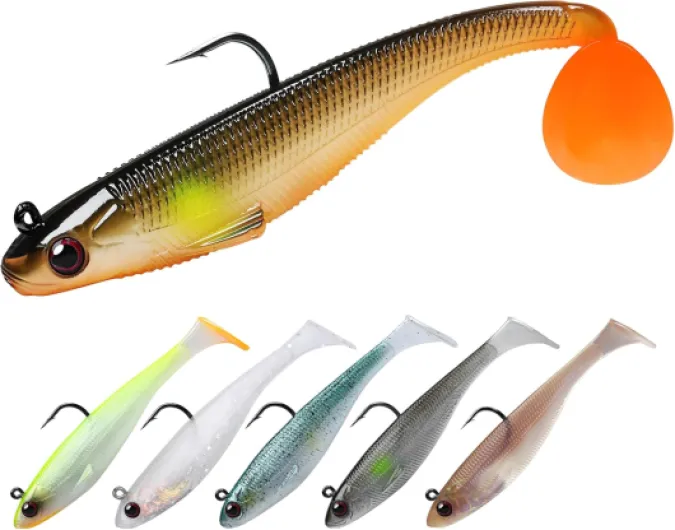
- + Unique Vibrating Swim Action increases catch rate
- + Trembly Sinking Move attracts more fish
- + Perfect for family fishing
- + Effective for various species like Bass, Trout, Crappie, Walleye
- + Lightweight at 0.45oz for easy handling
Greg Myerson's record-setting catch: redefining striped bass history
In the world of striped bass fishing, few names carry the weight of Greg Myerson. On an unforgettable summer night in August 2011, Myerson's catch redefined what anglers thought was possible for striped bass. Casting his line into the familiar waters of the Long Island Sound, he had no idea that he was about to make history.
The catch of a lifetime
Myerson hooked his legendary bass near Westbrook, Connecticut, and after a grueling 20-minute battle, hauled in a massive striped bass weighing 81.88 pounds. This incredible specimen shattered the previous world record set by Albert McReynolds in 1982. McReynolds had landed a 78.5-pound bass in Atlantic City, New Jersey, a record that stood for nearly three decades before Myerson's historic catch.
Expert insight
“Greg was prepared for a big fish,” said Doug Kuntz, a renowned fishing guide in the Chesapeake Bay area. “His use of live eels as bait was a smart choice. Eels are natural prey for big stripers, and this technique has proven effective time and again.”
A verified record
Myerson’s catch, upon thorough verification by the International Game Fish Association (IGFA), was confirmed as the new worlds record striped bass. The bass was precisely measured at 54 inches in length with a girth of 36 inches, establishing it as a behemoth among game fish and solidifying Greg Myerson's place in the annals of fishing history.
Why this record matters
This record does not just symbolize an incredible personal achievement for Myerson; it also serves as a benchmark in the striped bass fishing community, encouraging anglers everywhere to continue striving for that unforgettable catch. Myerson’s story inspires not just because of the fish he caught, but because it serves as a testament to preparation, patience, and the never-ending quest for the perfect catch.
For more insights on fishing techniques, including how to use live bait effectively like Greg Myerson, check out our guide on the easiest fishing knot for beginners and experienced anglers alike.
Techniques and tackle for catching big striped bass
Live bait vs artificial lures: what's the best tackle?
When it comes to catching big striped bass, choosing the right tackle is pivotal. An age-old debate among anglers is whether live bait or artificial lures work better. According to anecdotal evidence and records from the International Game Fish Association (IGFA), both methods have their merits depending on the environment and specific conditions.
Live eel: a classic choice
Many seasoned fishers swear by using live eels. Greg Myerson, who broke the world record with an 81.88-pound striped bass, utilized a live eel as bait. Eels' natural movement attracts big stripers effectively. Myerson elaborates, “The action of a live eel in the water is second to none; it mimics the exact prey the bass are hunting.”
Artificial lures: versatile and effective
On the other hand, artificial lures offer versatility. They are available in various shapes, sizes, and colors, and can be used in different water conditions. Brands like Hogy and Savage Gear are particularly popular. An expert from the Chesapeake Bay fishing community notes, “Artificial lures have come a long way; modern designs can imitate the movement of live bait almost perfectly.”
Fly fishing tackle: an art form
Fly fishing for striped bass has its dedicated followers too. Using fly tackle requires a skilled hand but offers a unique and rewarding experience. Orvis and Sage are noted for their fly rods, which are specifically designed for saltwater fishing. The International Game Fish Association has specific records for fly-caught bass, highlighting the distinct category within the sport.
Choosing the right pound test line
The strength of your line can make or break your fishing day. Opt for a line with a minimum test strength of 20 pounds for bigger bass, as these fish are known to put up a significant fight. Options like PowerPro's braided lines are praised for their durability and strength.
Optimal rod and reel combinations
Spinning and baitcasting rod-reel combos are generally preferred for striped bass fishing. Notable brands like Penn, Shimano, and Abu Garcia offer quality gear that can handle the stress of landing a big striper. “Always match your rod with your reel and line,” suggests a seasoned angler from Montauk, New York. “This ensures you have the setup to handle those huge catches.”
Trolling and jigging: effective techniques
Trolling, where multiple lines are cast and pulled behind a moving boat, and jigging, which involves repeatedly lifting and dropping a lure to attract fish, are both effective for catching bigger bass. Several experts recommend using deep-diving plugs, like those from Rapala, for trolling. For jigging, the Butterfly jigs by Shimano are a go-to selection.
However you choose to catch striped bass, remember that the fight and thrill of the catch make every method worthwhile. The right combination of technique, tackle, and a dash of luck is what makes fishing for these bass such an engaging adventure.
Striped bass fishing hotspots
Popular striped bass fishing spots every angler should know
Every dedicated angler knows that where you fish can be as important as how you fish. For those chasing the elusive striped bass world record, there are some hotspot destinations that top the list. Let’s talk about a few of these prime locations.
Chesapeake bay
The Chesapeake Bay is legendary for its striped bass fishing. Spanning from Maryland to Virginia, this body of water has been a striper haven for decades. This bay is particularly famous for its spring run when bass migrate for spawning. The Maryland Department of Natural Resources actively manages the striped bass population, ensuring the bay remains a top fishing spot.
Pro Tip: Using live eels as bait can vastly improve your odds of landing a big striped bass in these waters.
Long island sound
Stretching between Connecticut and Long Island, New York, the Long Island Sound is another top-tier striped bass fishing location. Anglers often report good catches from both shore and boat, making this a versatile spot. A 73-pound striped bass caught in the Sound stands as a testament to its potential.
Greg Myerson, the angler who holds the current world record for striped bass, famously caught his prize fish in these waters near Westbrook, Connecticut.
Montauk, new york
Known as the “Surf Fishing Capital of the World”, Montauk, New York, offers elite striped bass fishing opportunities, especially during the fall run. Anglers flock to this spot, hoping to reel in record-breaking bass from the surf.
Rhode island coast
The rocky coasts of Rhode Island provide prime habitats for striped bass. Areas like Block Island and Watch Hill are popular among seasoned anglers. The state's waters have produced numerous big catches over the years and continue to be a favorite hunting ground for those aiming for the record books.
Exploring other hotspots
Other notable hotspots include the Atlantic City shores in New Jersey, particularly around the jetties, and the expansive waters of Cape Cod in Massachusetts. Each of these locations offers unique challenges and rewards, drawing both local and visiting anglers.
Conservation and sustainable fishing
While pursuing record-sized striped bass, it's crucial to practice sustainable fishing. Overfishing has long-term impacts on fish populations and ecosystems. Anglers are encouraged to follow local regulations, participate in conservation efforts, and practice catch-and-release when possible. The International Game Fish Association plays a pivotal role in promoting ethical and sustainable fishing standards.
For a deep dive into the history of striped bass records and some time-honored lures still outrivaling the tech-driven gear, check out our article on classic lures.
The role of the International Game Fish Association (IGFA)
What the International Game Fish Association (IGFA) does
The International Game Fish Association (IGFA) plays a pivotal role in the world of competitive fishing, ensuring the integrity of angler accomplishments and record-keeping. Founded in 1939, the IGFA's headquarters are in Dania Beach, Florida. The organization holds a database of world records for different species, including the striped bass world record.
Accurate measuring & integrity
When Greg Myerson landed his world record striped bass in 2011, the IGFA was responsible for verifying the catch. To count officially, the fish had to meet stringent criteria set forth by IGFA. These guidelines ensure fairplay and consistency across records. The fish must be weighed on certified scales and photos plus witness testimonials are often required. In Greg’s case, his record-breaking 81.88-pound striped bass (37.14 kilograms) underwent meticulous (some say painstaking) verification before securing its spot in the record books.
The IGFA rules
Part of the IGFA’s mission is to educate anglers about proper fishing methods and promote sportsmanship. The rules they establish cover a wide range: from allowing only “fair chase” to defining tackle categories. For example, the association differentiates between men and women classes as well as junior anglers. IGFA records don’t just stop at weight; they also acknowledge length, tackle world records, and even categories such as fly fishing and live bait, like the renowned use of live eel for striped bass.
A look at the figures
According to the IGFA, the striped bass record list includes both all-tackle and line class records. All-tackle refers to the heaviest fish of a species caught on any line, while line class records represent the heaviest fish caught on specific strength lines. The meticulous nature the IGFA applies in ensuring the accuracy and credibility of these records has set the standard in the fishing community.
Advancing conservation efforts
Besides record-keeping, the IGFA places a strong emphasis on conservation. Their initiatives aim to sustain fish populations and promote responsible recreational practices. This includes advocating for catch-and-release practices—especially crucial for striped bass in places like the Chesapeake Bay—and studying the migratory patterns and health of species impacted by fishing activities. Their active involvement with state departments and research institutions furthers these efforts.
The role of the IGFA is critical not just for verifying records but in maintaining the natural balance and ensuring fishing remains a sport accessible and enjoyable for future generations.
Controversies and challenges in record verification
Scrutiny and challenges in verifying records
The process of certifying a world record can be as complicated as reeling in a massive striped bass itself. When it comes to verifying record catches, several challenges and controversies arise. This becomes especially evident with bass fishing due to the various complicating factors involved.
One of the primary challenges revolves around the accurate weighing and measuring of the fish. According to the International Game Fish Association (IGFA), a fish must be weighed on a certified scale and witnessed by impartial observers. However, disputes can arise over the accuracy of the scale or the conditions during weighing. For instance, was the bass weighed soon after being caught, or did it lose weight while out of the water?
Controversial catches
One notable example involves Albert McReynolds, who held the striped bass world record for 29 years after catching his 78-pound, 8-ounce monster in 1982. Despite holding the title for such an extensive period, skeptics questioned the method and timing of the weigh-in. Conversations sparked debates about environmental factors affecting the fish's weight.
Furthermore, Greg Myerson's record-striper catch of 81 pounds, 14 ounces in 2011 didn't come without its skeptics. Though meticulously verified, some claimed that inconsistency in photograph angles and weigh-in processes meant the record should be challenged.
Verification procedures
The IGFA has rigorous verification procedures to address these uncertainties. They require detailed documentation, including photographs and witness testimonies. They also often require polygraph tests for the anglers to ensure the honesty of their capture claims. This isn't merely a formality; it maintains the integrity and prestige of holding an IGFA world record.
Polygraph test failures have, in some instances, resulted in disqualified records, adding another layer of controversy. Some anglers feel the added stress and suspicion are unnecessary, while others believe it's essential to protecting the sport's reputation.
Technological pitfalls
In an era of advanced technology, it's ironic that tech can sometimes complicate things further. Digital tampering with photographs and equipment malfunctions are not unheard of. Ensuring the authenticity of digital records can be as exhausting as the physical task of reeling in a giant striped bass.
Striving for future transparency
To counter these issues, some have proposed stricter rules and more advanced, tamper-proof scales. There's also a call for more widespread observer networks, particularly in distant or less-frequented fishing spots like the Chesapeake Bay or the remote reaches of the Long Island Sound.
Ultimately, fishermen and future record seekers hope for a balance. They want strict rule enforcement but also fairness and respect for the craft involved in catching these massive game fish.
Future of striped bass fishing and conservation efforts
Preservation and management: the future of striped bass fishing
As the tide rolls forward, the future of striped bass fishing hangs in a delicate balance between angler dreams and conservation realities. With iconic waters like Chesapeake Bay and Long Island Sound teeming with these magnificent fish, preserving these habitats is key to keeping the excitement alive.
Striped bass populations have seen ups and downs through the decades. According to the Atlantic States Marine Fisheries Commission (ASMFC), a significant decline in the 1970s led to robust conservation measures. By the 1990s, these efforts saw a fruitful rebound. Today, anglers, conservationists, and policymakers continue to collaborate closely to ensure a sustainable future for this prized species.
Innovation in conservation techniques
Advanced technology is boosting conservation. Satellite tagging from organizations like OCEARCH provides rich data on fish migration patterns. These insights guide management practices ensuring that fishing quotas are balanced with population health.
Live release programs have also gained traction. Studies show that fish caught and released with barbless hooks have higher survival rates. The International Game Fish Association (IGFA) promotes practices like these through their angling rules and educational initiatives, shaping ethical sportfishing standards.
Angler education and community engagement
Beyond policy and technology, educating anglers is paramount. Local fishing clubs and events often feature workshops by seasoned experts on ethical angling and species protection. A collective effort enhances the broader community understanding of responsible fishing practices.
Loyal bass fishers share stories of success and challenge, highlighting the importance of community in conservation. Greg Myerson, the holder of the world record striped bass, often speaks of respect for the ocean, emphasizing that today’s “catch and release” would make up tomorrow’s trophy fish
Commercial fishing impacts and regulation
Balancing recreational and commercial fishing is an ongoing challenge. Regulations limiting commercial catch can reduce pressure on wild populations. Massachusetts, for example, implements strict quotas to control the commercial harvest of striped bass, reflecting an effort echoed by various Atlantic states.
Looking ahead: collaborative efforts for a thriving future
Collaboration remains the linchpin in ensuring striped bass conservation. Engagement between recreational anglers, commercial fishers, conservationists, and policymakers fosters a diverse dialogue and unified approach. These combined efforts help protect the legacy of striped bass fishing, ensuring that future generations can continue to experience the thrill of catching these incredible fish.
To delve deeper into conservation efforts and angling ethics, follow articles on fishing magazine to gain further insights.

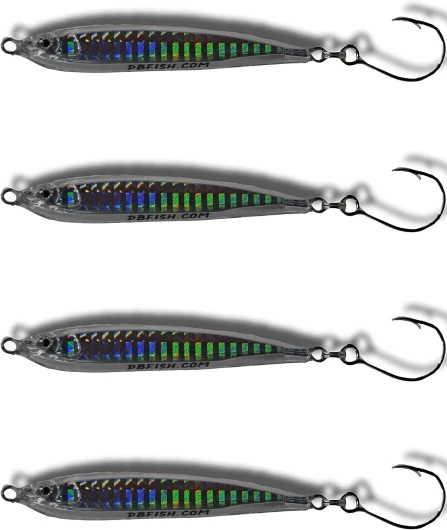
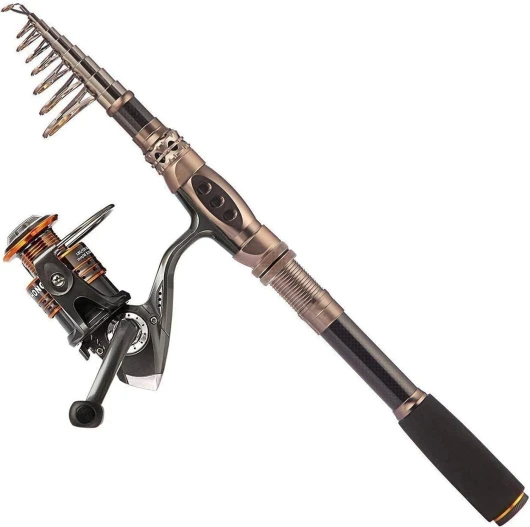
-large-full.webp)


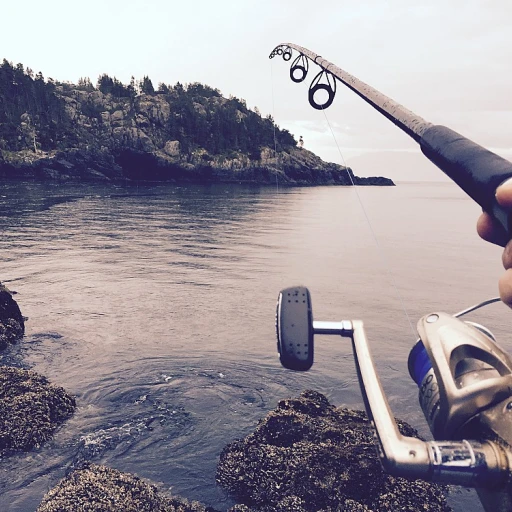
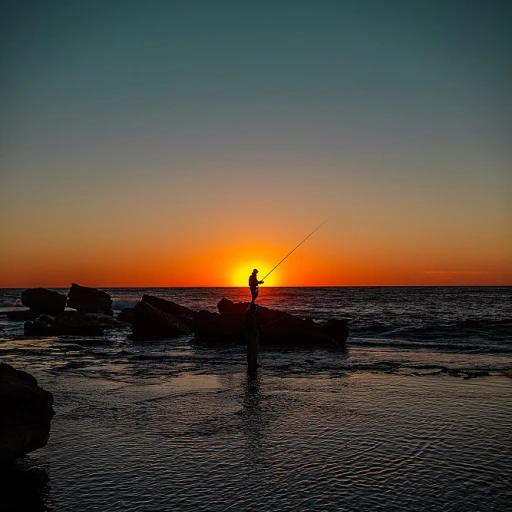
-large-teaser.webp)
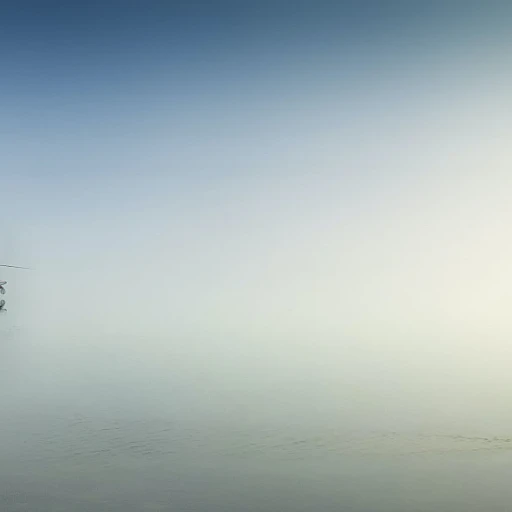
-large-teaser.webp)
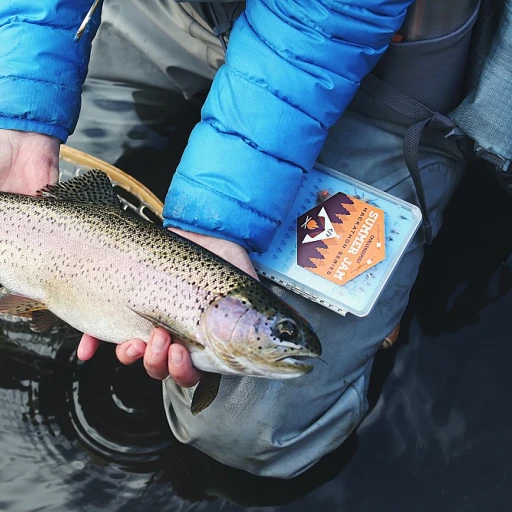
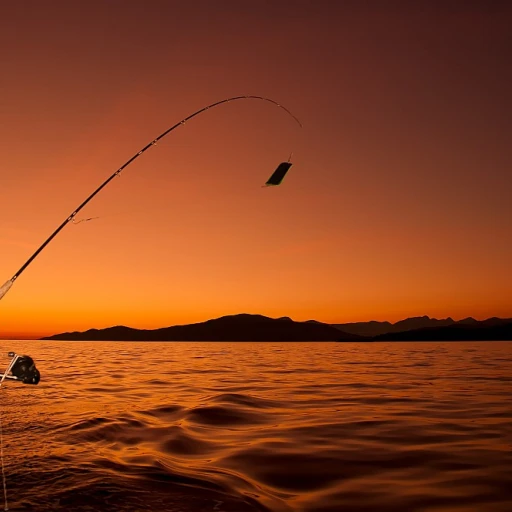
-large-teaser.webp)
-large-teaser.webp)
